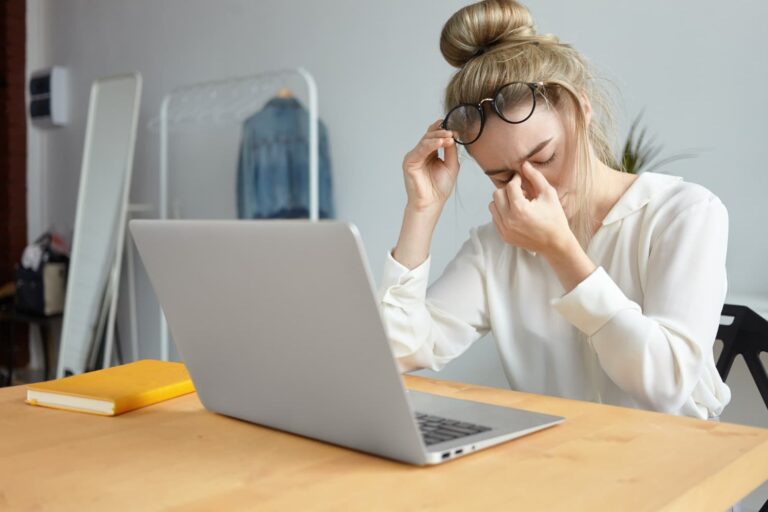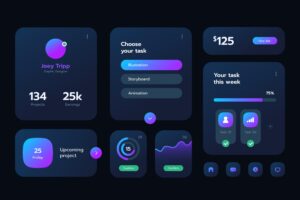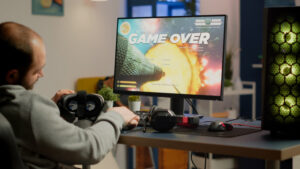If you spend hours in front of screens, this guide is for you.
We’ve all experienced it—closing our laptops or putting down our phones after a marathon of work, gaming, or doomscrolling, only to feel like our eyes are on fire. This discomfort can significantly impact your productivity and overall well-being.
Here’s how you can change that and reduce or eliminate eye strain completely. I also made a video about this on YouTube, and you can find that at the end of the article.
The 20-20-20 Rule: A Game-Changer for Eye Health
The 20-20-20 rule is simple yet incredibly effective in reducing eye strain.
Every 20 minutes, take a 20-second break to look at something 20 feet away.
Imagine gazing out a window, giving your eyes the mini-vacation they deserve. Set a timer on your phone or use an app to remind you. Whether you’re working or gaming, find moments to take these short breaks. Even a 20-second pause between league matches can make a significant difference.
Optimize Lighting and Ergonomics
Proper lighting and ergonomics are crucial for maintaining eye health. Ensure your room is well-lit but avoid glare on your screen. Position your screen about an arm’s length away and slightly below eye level to mimic the natural resting position of your eyes.
Adjust your chair and desk height, and keep your screen clean to prevent unnecessary squinting and strain.
Regular Breaks and Eye Exercises
Taking regular breaks and performing eye exercises are essential for both your eyes and overall health. Use your breaks to stretch your legs and do some quick eye exercises, like rolling your eyes up, down, and around.
Aim to avoid staying static for more than 60-90 minutes at a time. While it may be challenging to break your focus, you’ll improve over time. Remember, you don’t have to follow these breaks religiously, but being aware of the damage caused by prolonged sitting is crucial.
Stay Hydrated and Eat for Eye Health
Hydration is vital for your overall health, including your eyes. Dehydration can lead to dry, tired eyes.
Incorporate foods rich in omega-3 fatty acids, vitamins C and E, and zinc into your diet to support eye health.
Think of carrots, salmon, and citrus fruits as your new best friends. Your eyes will sparkle with gratitude!
Manage Blue Light Exposure and Adjust Display Settings
Managing blue light exposure and adjusting your display settings can significantly reduce eye strain.
I left this last because it might mess with the way you perceive colors. And sometimes… that’s not an option and I understand. If you’re into video/graphic design or something else, you can’t really afford to see that orange shade ‘wrong’. It is what it is. However, that does not mean you can’t use these tips in your free time!
Here are some tips:
- Lower screen brightness to match your environment.
- Use blue light filters, whether through glasses or apps like f.lux or Night Light settings on Windows and Macs.
- Avoid using your phone at full brightness in a dark room. Utilize night mode if you’re not bothered by the change in color accuracy.
These tips apply whether you’re using a computer or a phone.
By making these adjustments, your eyes will thank you for the reduced strain and improved comfort.
Conclusion
By implementing these simple, actionable tips, you can reduce eye strain and keep your vision sharp. Imagine ending your day with clear, comfortable eyes, ready to enjoy your evening.
If you found these tips helpful, share this article with others who might benefit.
Keep your tech in check and your eyes happy!






